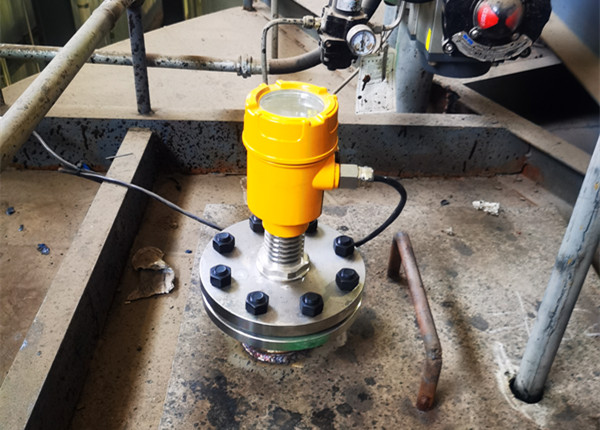In vacuum collection wells, due to their special working environment and conditions, traditional liquid level measurement methods often fail to meet the requirements.
This article will explore the application of radar level gauges in vacuum collection well liquid level measurement, analyze the characteristics of vacuum collection well liquid level, and give examples to illustrate the actual application effect of radar level gauges.

A vacuum collection well is a special container used to collect and temporarily store liquids or gases, usually working under negative pressure.
This working environment poses many challenges to liquid level measurement, such as the influence of factors such as foam, steam, dust, and the fluctuation and instability of the liquid surface.
Therefore, choosing the right level measurement technology is crucial to ensure the accuracy and reliability of the measurement results.
As a non-contact liquid level measurement instrument, the radar level meter determines the liquid level by emitting microwave signals and receiving their reflected waves.
It is not affected by temperature, pressure, density, foam and steam, and is very suitable for level measurement in complex working conditions such as vacuum collection wells.

In a vacuum collection well of a chemical enterprise, due to large level fluctuations and a large amount of foam, the traditional level meter could not provide accurate measurement results. The enterprise decided to use radar level meter for transformation and upgrading.
After on-site installation and commissioning, the radar level meter successfully overcame the interference of foam and steam and provided stable and reliable level data.
Through integration with the control system, real-time monitoring and automatic control of the vacuum collection well liquid level was achieved, significantly improving production efficiency and safety.

Radar level meters have shown significant advantages in vacuum collection well level measurement. Their non-contact measurement, high adaptability, high precision, and easy installation and maintenance make them ideal for such applications.
Through the analysis of actual cases, we can see that radar level meters have a strong ability to solve traditional level measurement problems and provide strong support for the automation and intelligence of industrial production.
With the continuous advancement of technology, radar level meters will be more widely used in the future, bringing more convenience and benefits to all walks of life.
